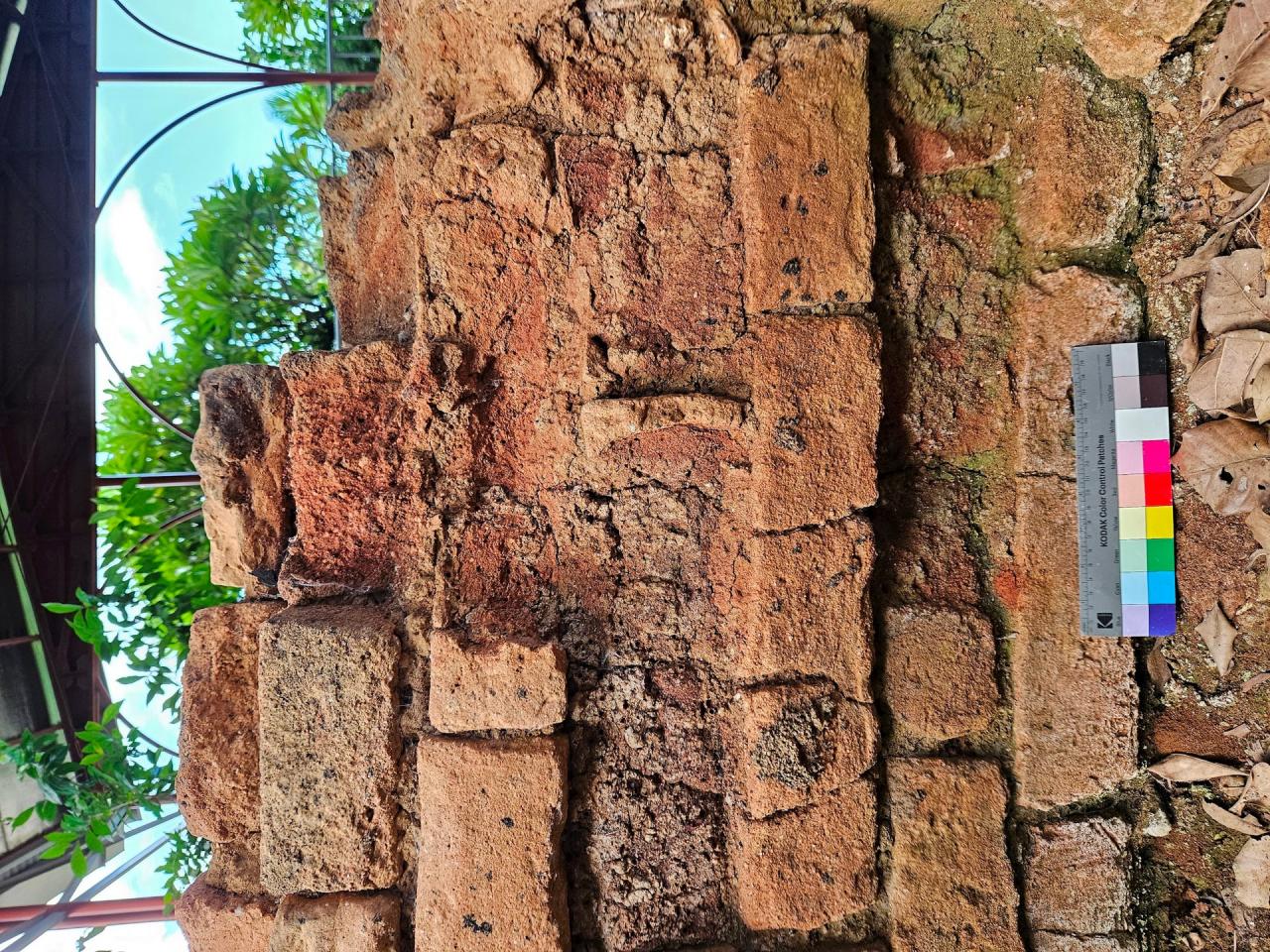
Most of the remaining Champa relics are in the form of archaeological architectural ruins. The preservation and maintenance of these relics is often closely linked to archaeological work.
Archaeology is a necessary step
Since the beginning of the 20th century, the French School of the Far East (EFEO) has conducted many archaeological excavations, documenting most of the relics through drawings, photos, and maps of Champa relics as soon as they were discovered. Thanks to that, many images and drawings have become valuable documentary heritages serving the research and conservation of Champa relics after they were destroyed by time and war.
After liberation, many excavations took place to serve the research and conservation of Champa relics. Many relics were excavated to identify the scope, protected and preserved areas, and to identify their values.
Many Champa relics have been listed as heritage sites at various levels, valuable artifacts have been displayed and introduced to the public. However, besides archaeological activities, many Champa relics have not been restored after excavation.
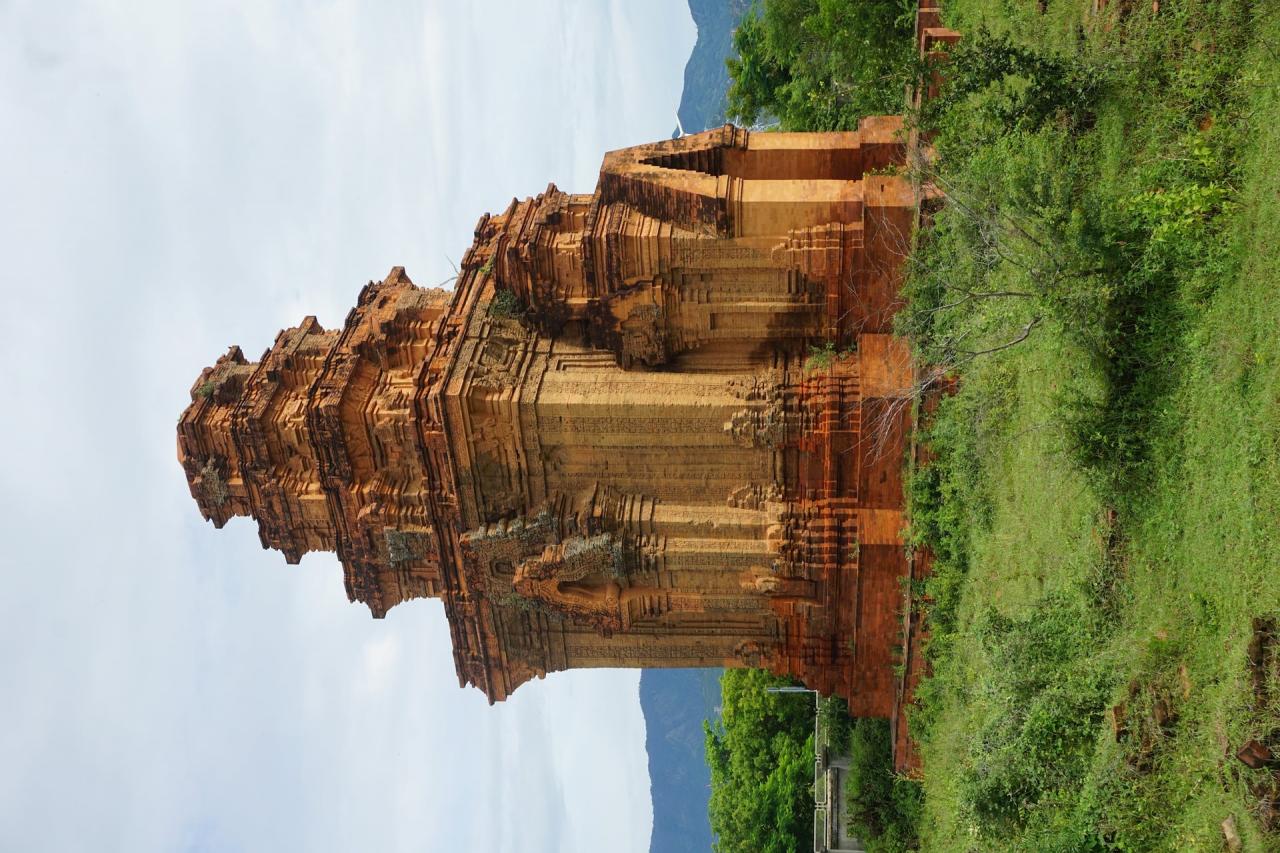
Since the beginning of the 20th century, excavations led by French scholars (EFEO) which were later considered “artistic archaeology” took place on a large scale at many sites such as My Son, Dong Duong, Chanh Lo or Tra Kieu. However, subsequent conservation and restoration activities were only carried out at a few individual works in My Son.
Excavation without restoration also occurs today in many relics/ruins excavated by domestic archaeologists after 1975, mainly using temporary preservation measures after excavation.
Mr. Danve D. Sandu, Assistant Director, Conservation Expert of the Archaeological Survey of India (ASI), said that excavation must go hand in hand with preservation and restoration. In India, excavation and restoration are carried out by the same agency. If only excavation is carried out without preservation and restoration, the relics will be easily damaged...
Temporary storage is not enough
In Quang Nam, the Duong Bi relic site still has no conservation solution after 5 years of excavation. In 2018, the pagoda revealed part of the Duong Bi tower.
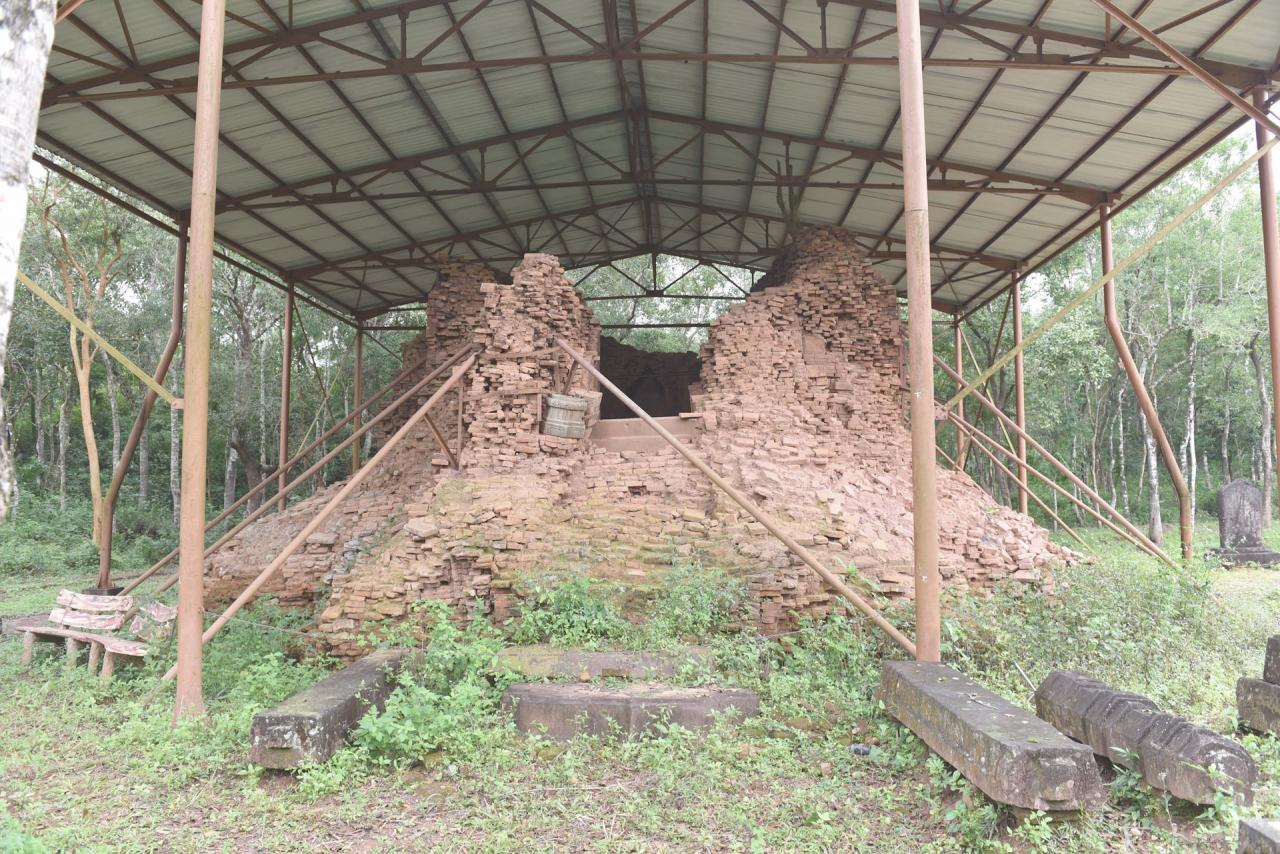
In order to study and clarify the ground structure, chronology and initially assess the value of Duong Bi tower, in 2019, the relic was urgently excavated. However, to date, there have been no conservation and restoration activities. Currently, the relic is being eroded by plants.
The distinctive Dong Duong art patterns that were still very sharp after excavation have now been covered with moss, lichen and grass. The top layers of bricks of the relic have gradually lost their connection and fallen off the tower walls.
Another case, about 2km from Duong Bi, is the southern wall section of Tra Kieu relic. One of the earliest Champa citadel structures dating back to the 4th century, was included in the list of national archaeological relics by the Ministry of Culture, Sports and Tourism in 2013.
This section of the wall was excavated in 1990 and the wall structure was revealed in 2003. In order to promote the Tra Kieu relic, a corrugated iron roof was built to cover the excavated section of the wall for community visitors to visit in 2022.

What is alarming now is that the bricks are being re-earthed and deformed very quickly due to the lack of preservation activities for this ancient brick material. The bricks, which date back to around the 4th century, are in an anaerobic environment, covered with a thick layer of clay, but when they were discovered and excavated, when the bricks came into contact with the outside environment, they quickly disintegrated.
At My Son, the F tower group was excavated in 2002. The excavation revealed the ground plan, the path from temple F1 to gate F2, many artifacts belonging to the architectural components of temples F1, F2 and the F1 altar. Notably, the base of temple F1 with many decorative motifs in the Hoa Lai art style was revealed.
After that, the My Son Management Board built a shelter with iron and corrugated iron. The shelter in the case of F1 temple is very necessary while waiting for a restoration plan because the foundation structure of F1 temple was built with the technique of using soil stuffed in the core wall at the foot of the wall. However, the relic has been waiting for 20 years without being restored, leading to the situation where the bricks at the foot of the wall are crumbling, the bricks in many places are misaligned and lose connection.
Architect Dang Khanh Ngoc - Director of the Institute for Monuments Conservation said: "According to the provisions of Article 19 of the Regulations issued together with Decision No. 86/2008/QD-BVHTTDL, after completing archaeological exploration and excavation, the agency directly managing the archaeological site is responsible for developing a plan to protect, manage and promote the value of the archaeological site that has been explored and excavated."
After excavation and discovery, relics need timely and effective solutions to protect the structures from the effects of unusual weather conditions.
Source: https://baoquangnam.vn/thieu-trung-tu-sau-khai-quat-o-cac-di-tich-champa-3144012.html









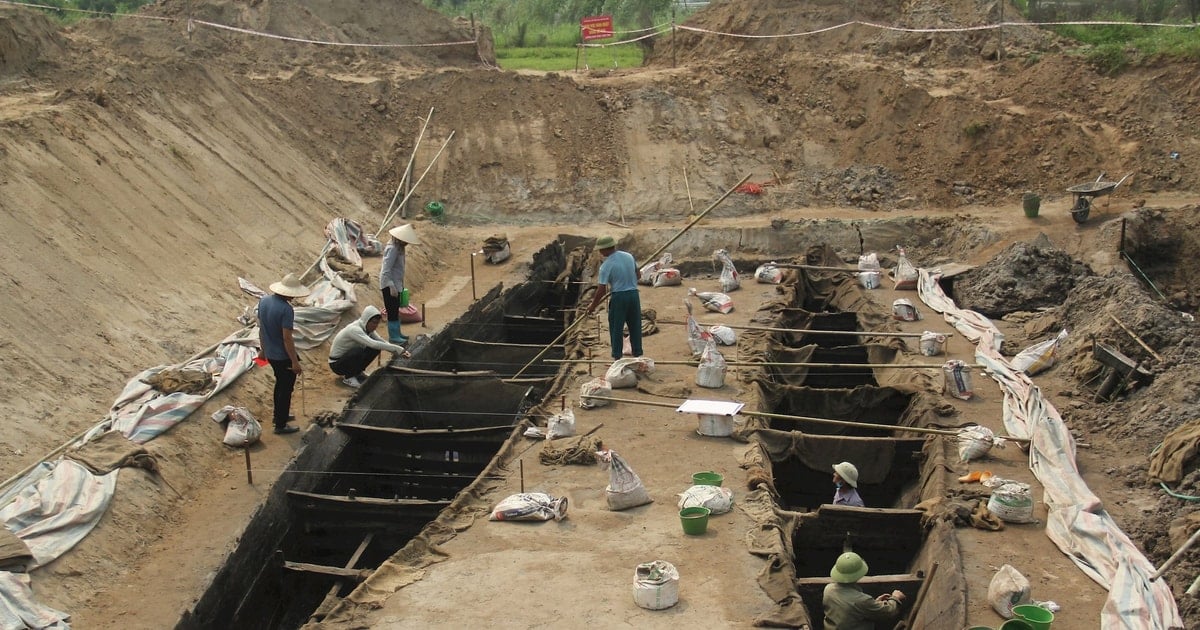

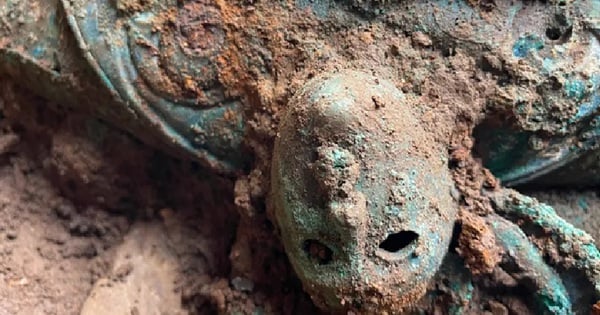

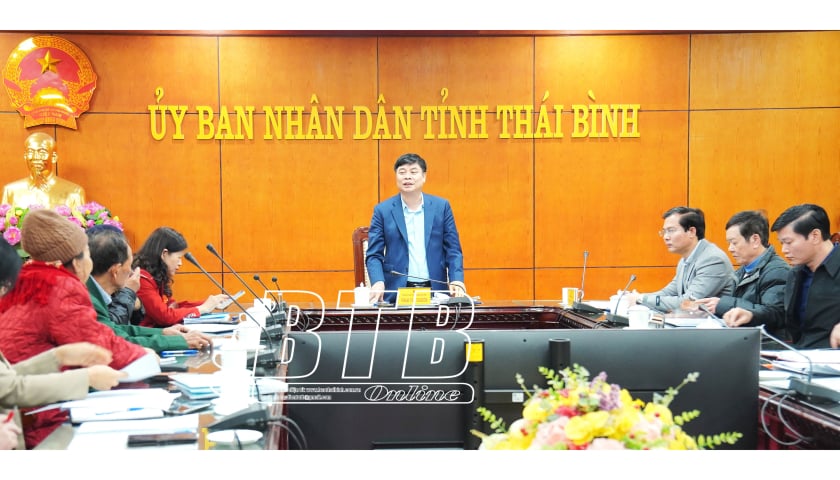

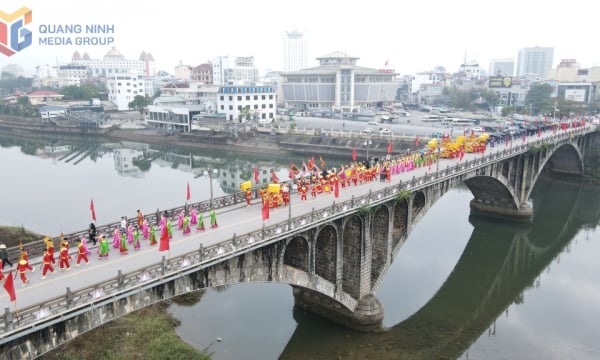
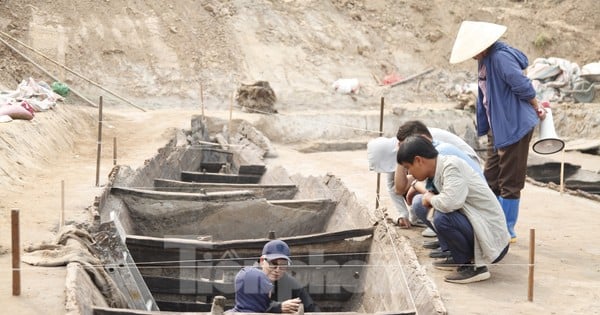

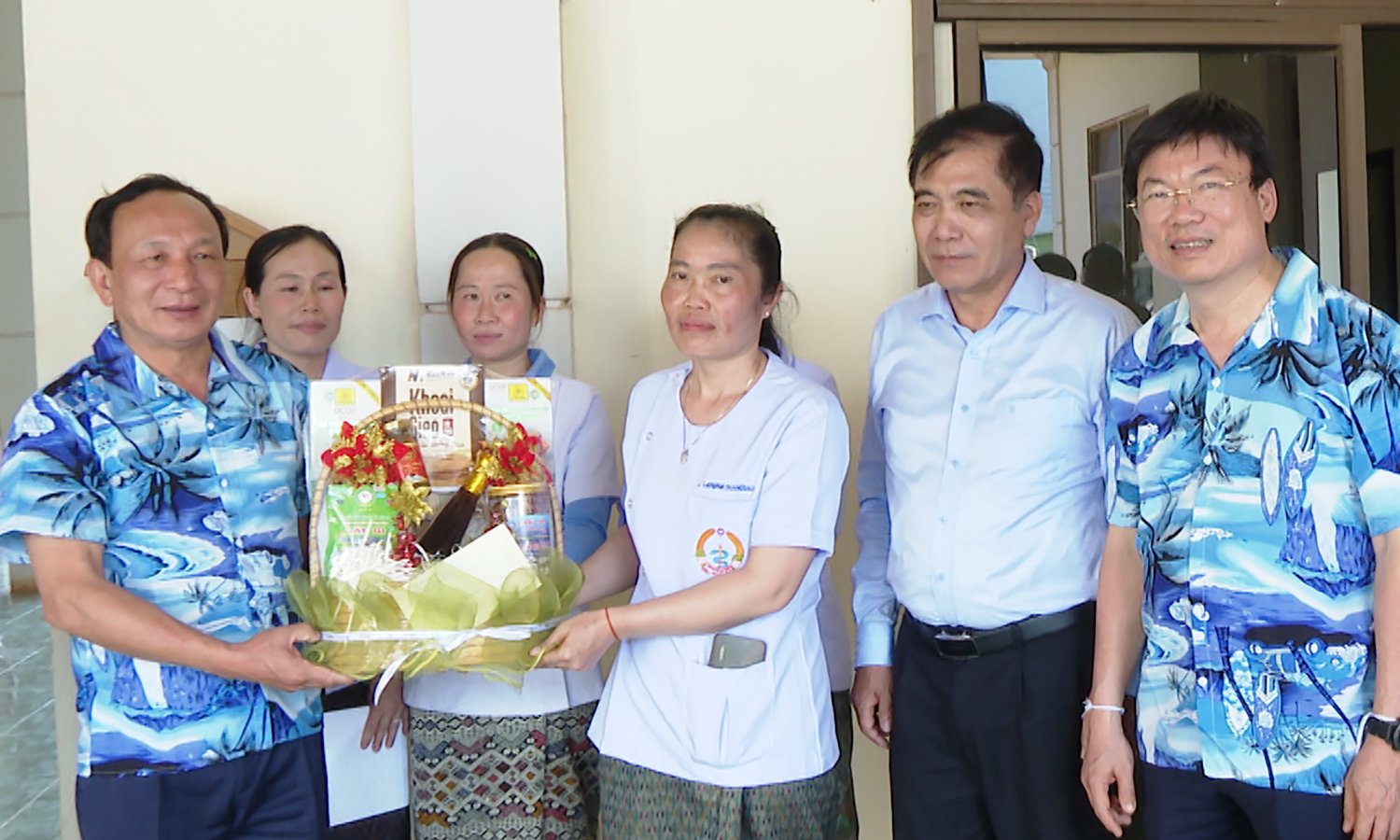


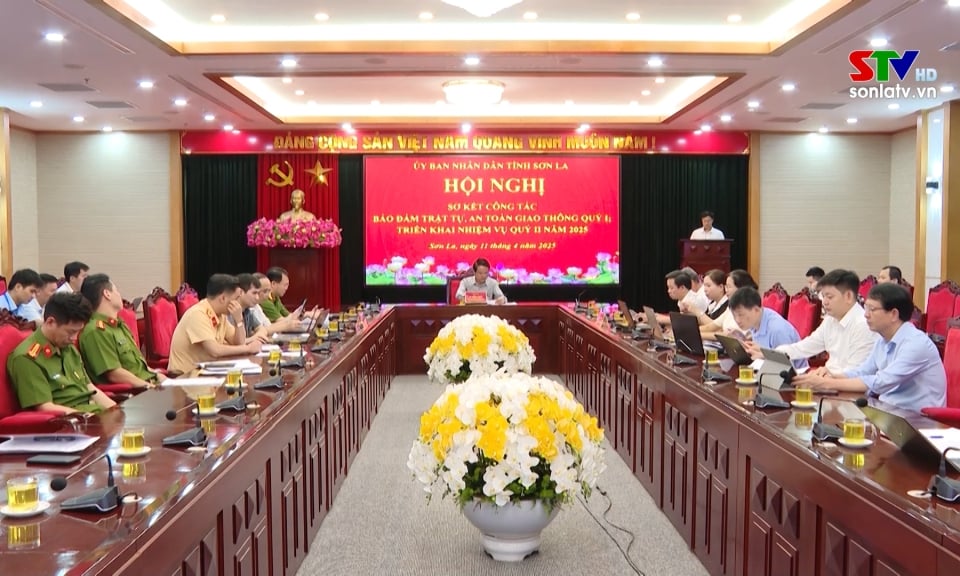




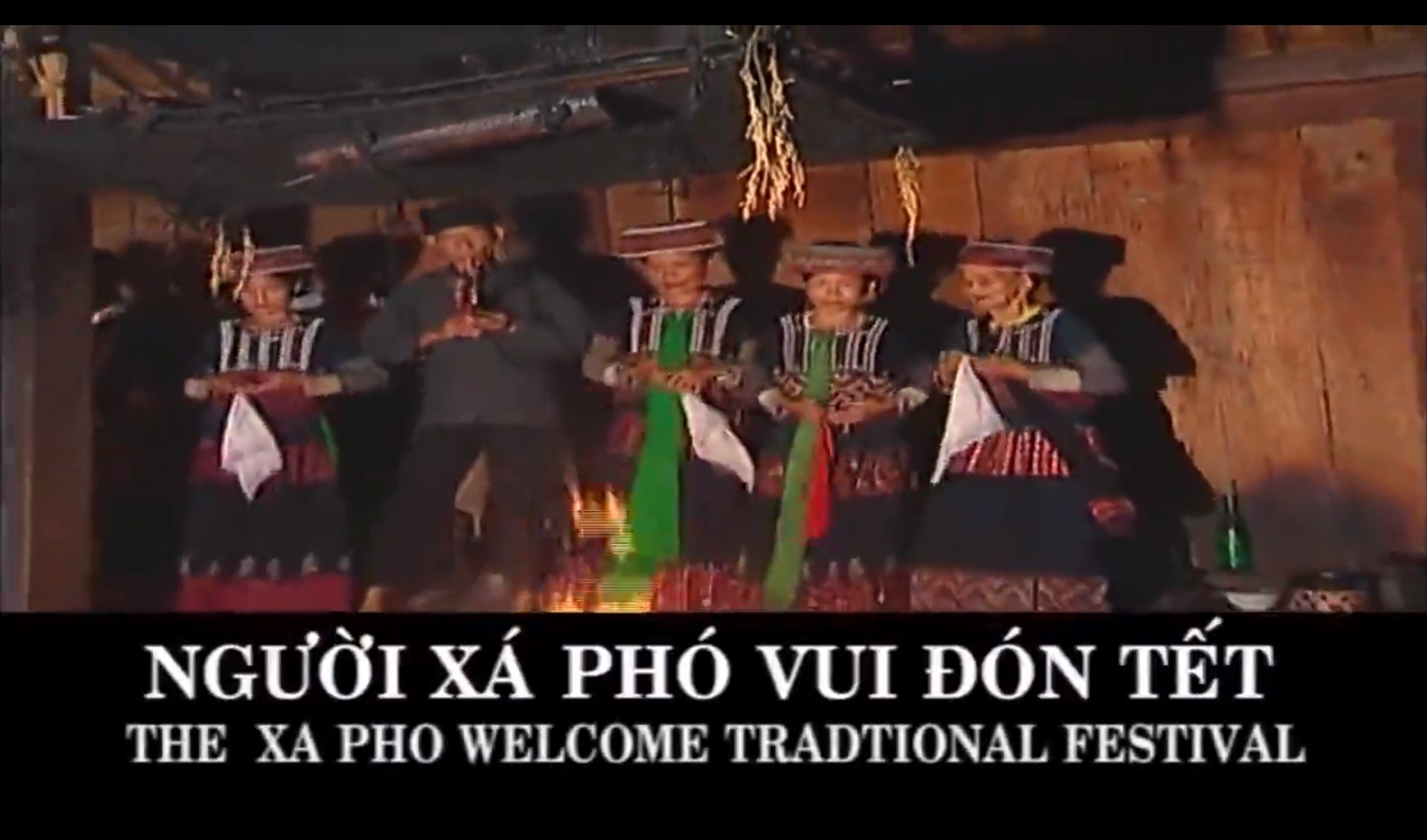






![[Photo] "Beauties" participate in the parade rehearsal at Bien Hoa airport](https://vstatic.vietnam.vn/vietnam/resource/IMAGE/2025/4/11/155502af3384431e918de0e2e585d13a)










































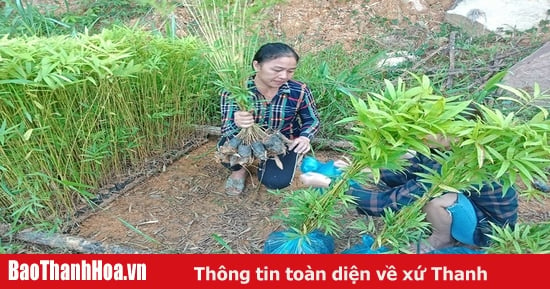
















Comment (0)